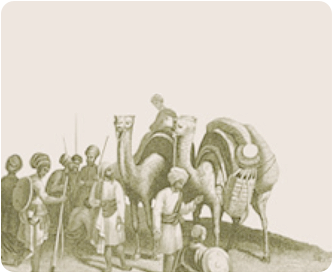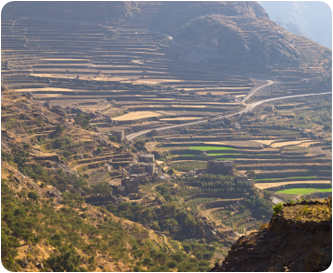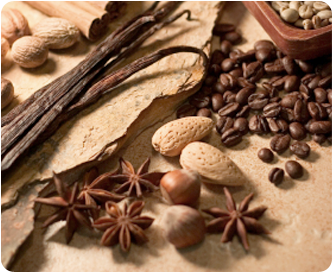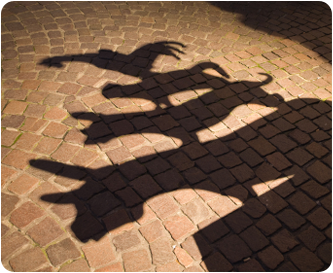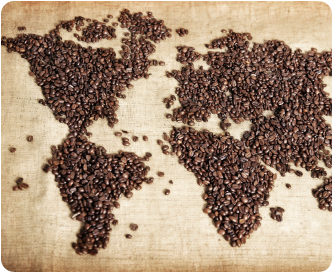The burning bush
Scimitar and mocha
The triumphal march in Europe
The first coffee house in Germany
Out into the world
The burning bush
Scimitar and mocha
The triumphal march in Europe
The first coffee house in Germany
Out into the world






